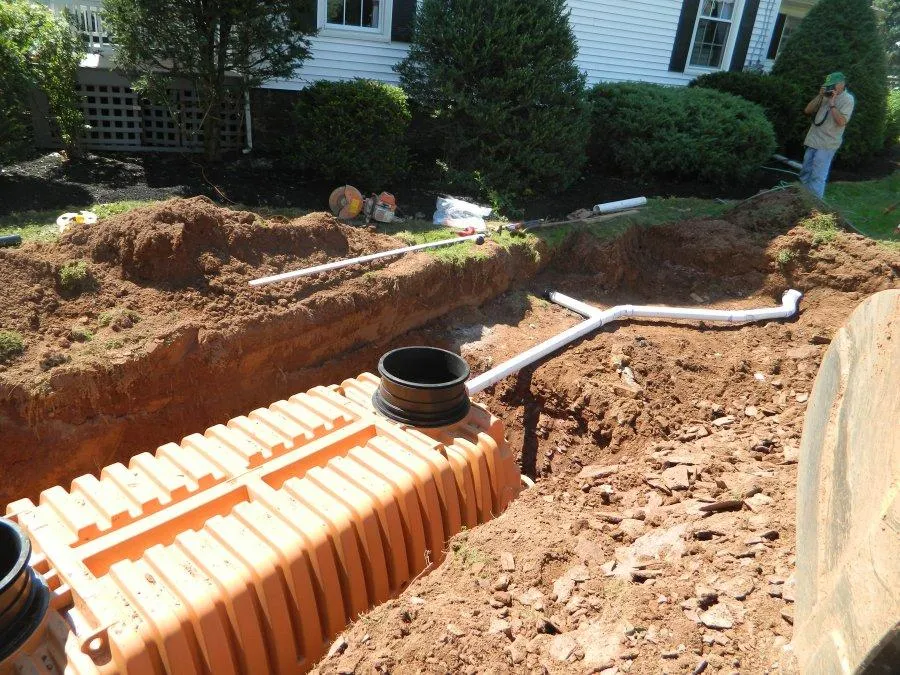Licensed, Bonded & Insured | Family Owned & Operated
049-012803 IL | IL Pumping License: 054-021753 | IA Pumping License: 12839
22 YRS. EXPERIENCE, FULL SITE PREP EXPERTS - HOW CAN WE HELP?

Complete Guide to Septic Installation near Rock Island County, Illinois
Your Complete Guide to Septic Installation near Rock Island County, Illinois
When it comes to ensuring your home's wastewater management is efficient and environmentally friendly, opting for septic installation near Rock Island County, Illinois, is a crucial decision. Whether you're building a new home or replacing an outdated system, understanding the process and common concerns can help you navigate this important investment.
Understanding Septic Systems
A septic system is a decentralized wastewater treatment system commonly used in rural areas where centralized sewer systems are not available. It consists of a septic tank and a drainfield (or leach field), which work together to treat and dispose of household wastewater.
Why Choose Septic Installation?
Environmental Benefits: Septic systems treat wastewater naturally, allowing it to filter through soil, which helps remove harmful bacteria and pollutants before they reach groundwater.
Cost-Effectiveness: Initial installation costs may be lower compared to connecting to municipal sewer systems. Properly maintained septic systems can also have lower long-term costs.
Independence: Homeowners with septic systems have more control over their wastewater management and aren't reliant on municipal infrastructure.
Steps Involved in Septic Installation
Site Evaluation: A professional assesses soil type, water table levels, and lot size to determine the most suitable location for the septic tank and drainfield.
Permitting and Regulations: Obtain necessary permits and adhere to local regulations regarding septic system installation. This ensures compliance with health and environmental standards.
Excavation and Tank Installation: Excavate the area where the septic tank will be placed. The tank is carefully installed, ensuring proper positioning and alignment.
Connecting Pipes: Pipes are laid from the home's plumbing system to the septic tank and from the tank to the drainfield. Proper slope and alignment are crucial for efficient wastewater flow.
Installation of Drainfield: The drainfield is prepared by spreading gravel and installing perforated pipes. These pipes distribute treated wastewater into the soil.
Backfilling and Landscaping: Once installation is complete, the area around the tank and drainfield is backfilled and restored to its original condition. Landscaping considerations ensure optimal drainage and maintenance access.
Common Questions about Septic Installation
1. How often should a septic system be inspected?
Regular inspections are recommended every 1-3 years to ensure the system is functioning properly and to identify any potential issues early.
2. What maintenance does a septic system require?
Routine maintenance includes pumping the septic tank every 3-5 years, depending on household size and water usage. Avoiding excessive water use and disposing of waste properly are also crucial.
3. Can I build over my septic system's drainfield?
It's generally not recommended to build permanent structures or plant deep-rooted trees over the drainfield, as this can interfere with its function and maintenance.
4. How long does a septic system last?
With proper maintenance and care, a well-installed septic system can last 20-30 years or more. Factors such as soil conditions and usage patterns can affect its lifespan.
5. What should I do if my septic system shows signs of problems?
Signs such as slow drains, foul odors, or lush grass over the drainfield may indicate issues. Contact a licensed septic professional promptly to assess and address any problems.
Choosing a Reliable Septic Installation Service
Selecting a reputable septic installation service is crucial for a smooth and efficient installation process. Consider these factors:
Experience and Reputation: Look for companies with a proven track record in septic system installations and positive customer reviews.
Licensing and Certification: Ensure the company is licensed and certified to perform septic system installations in your area.
Comprehensive Services: Choose a provider that offers comprehensive services, including site evaluation, installation, and ongoing maintenance.
Conclusion
Investing in septic installation near Rock Island County, Illinois, is a significant decision that can enhance your property's value and environmental sustainability. By understanding the installation process, maintenance requirements, and common concerns, homeowners can make informed choices that ensure long-term efficiency and reliability of their septic systems. For professional guidance and expert installation services, contact a trusted septic system provider in your area.

AVOID COSTLY MISTAKES:
Do NOT hire an excavating contractor without first reading our free guide:
The ULTIMATE Excavation & Septic "Success Guide."

We Offer Excavation Services NearYou!
If you don't see your specific area, contact us and we may still be able to help or give a referral.
All rights reserved | Privacy policy


